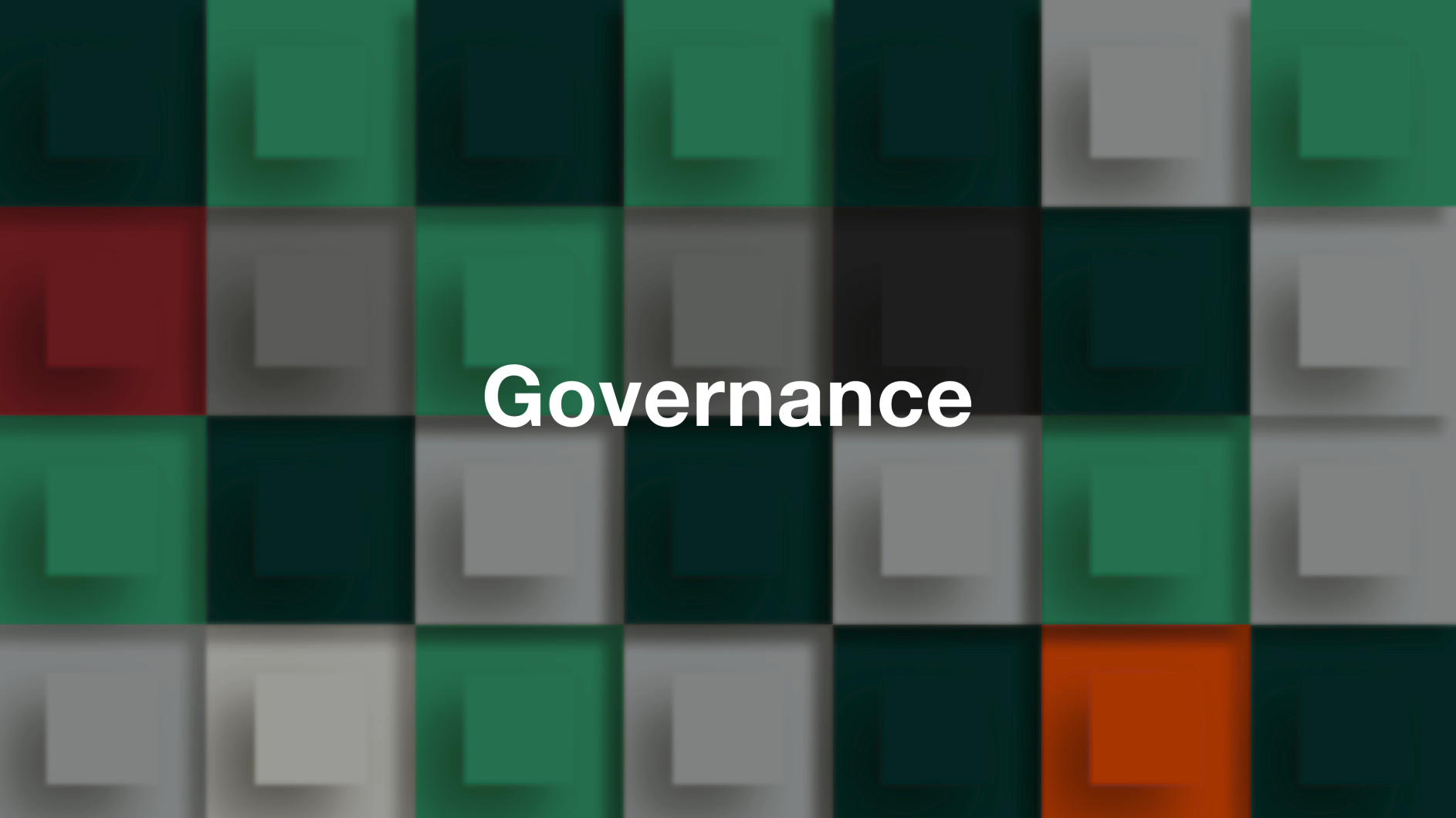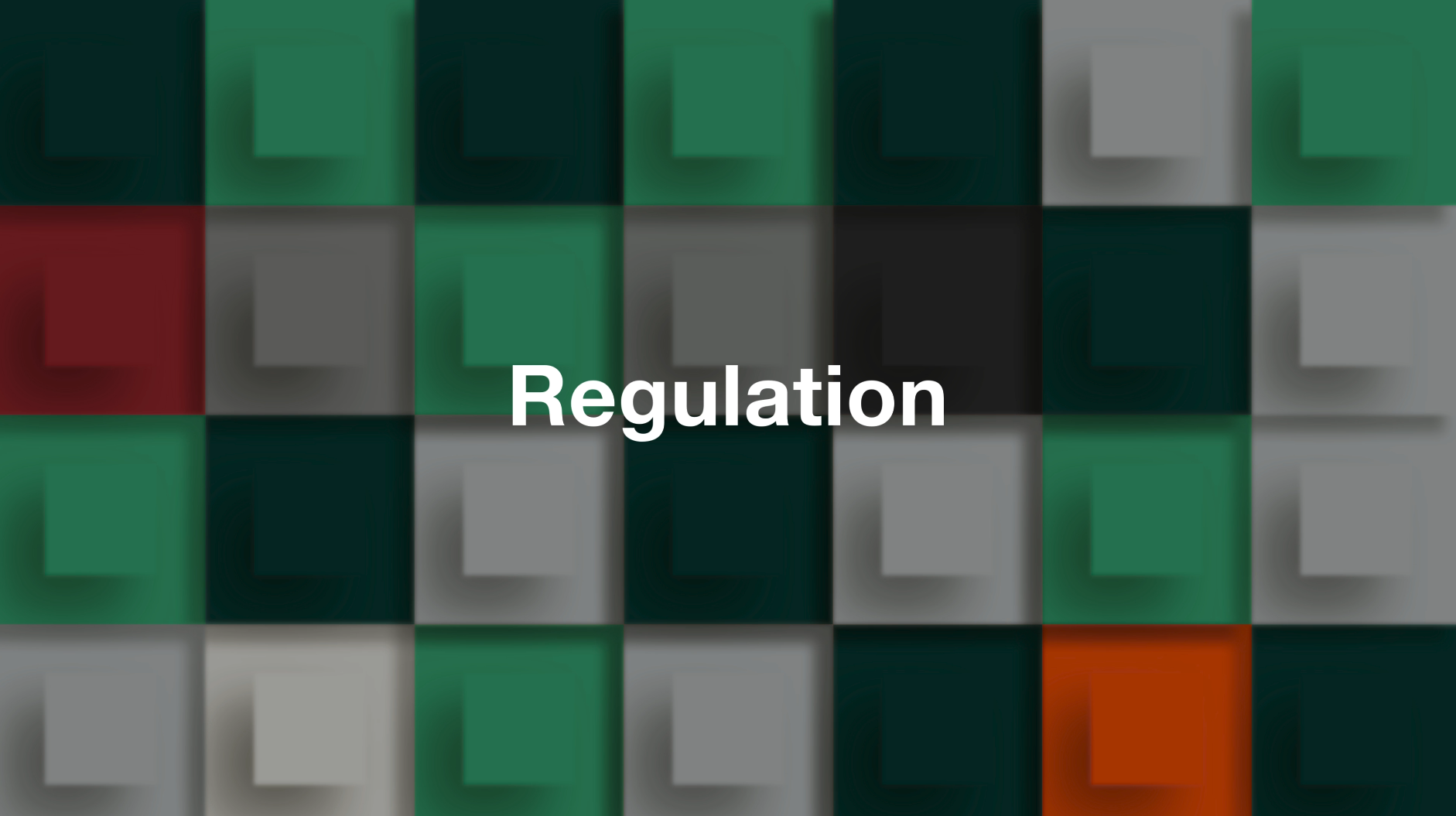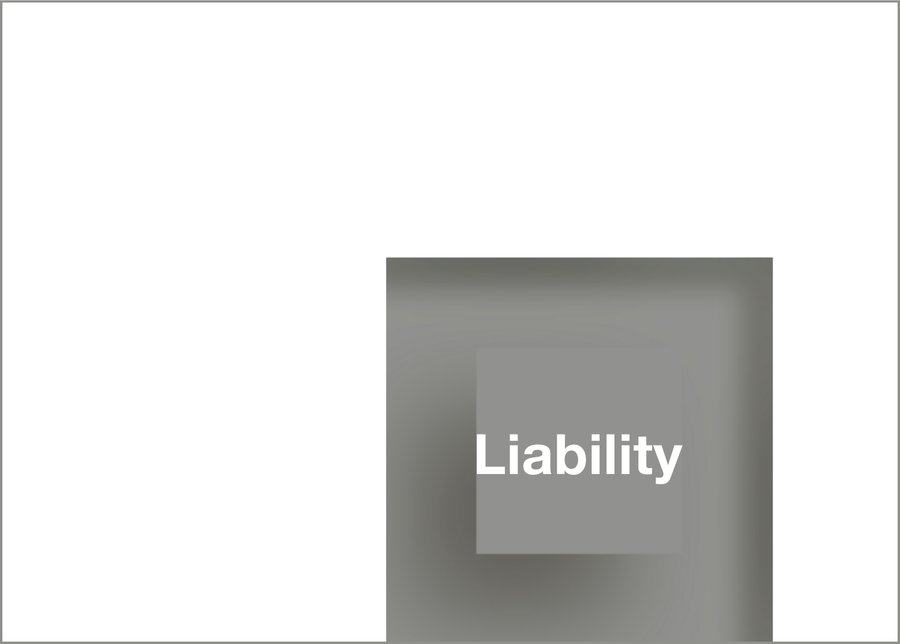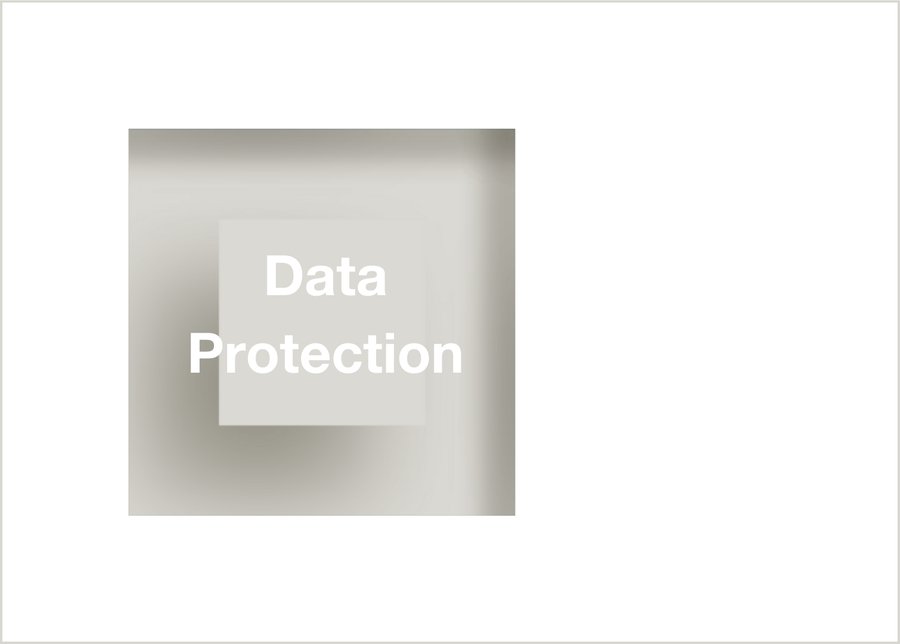The visuals on this site were created with AI and then reworked manually.
AI has transformed the digital landscape, presenting vast potential to enhance workflows, support decision-making, and unlock innovative opportunities across various sectors.
Since the launch of ChatGPT in November 2022, AI has moved beyond early adoption, becoming widely accessible and gaining public interest. Companies are increasingly relying on AI to create content, streamline processes, and analyze data. However, with these opportunities come challenges: legal uncertainties, ethical considerations, and data protection requirements demand careful attention and clear policies.
A Practical Legal Guide
"Navigating AI with Pestalozzi – A Practical Legal Guide" serves as a practical manual for Swiss companies to identify key legal issues and navigating the complexities of introducing and using AI internally. Through our six-part series, we provide a pragmatic overview of critical issues focusing on corporate governance, regulation, liability, data protection, intellectual property, and employment.
This Guide is for AI users who use an AI application to create a work product for resale or who use the AI application to support their work.
Download here the complete Booklet.
Are you interested in one specific topic only? Here comes a short overview on the topics covered.
Effective AI governance balances innovation with compliance, ethical considerations, and commercial value.
A clear allocation of the different levels of responsibility regarding AI is essential for a safe use of AI tools.
Establishing policies and (ethical) guidelines, regular audits, and trainings to raise awareness are key to mitigating risks posed by AI.
AI Governance is not a linear process, which can be completed once, but is cyclical in nature and must be continually evaluated and revised.
Learn more about AI Governance in our legal update.
In this video, Simon Winkler explains how companies can establish effective AI governance through internal structures, guidelines, and risk management.
He outlines four levels of responsibility—from the Board of Directors to individual project leads—and introduces essential principles like “Human-in-the-Loop” and data protection.
To assess the relevant legal framework and consider associated rights and obligations, companies should first map the applicable laws for each specific use case.
Companies implementing AI face a complex legal and regulatory terrain that requires careful evaluation. The legal framework surrounding AI is constantly evolving, encompassing both national statutes and international conventions.
In Switzerland, there is currently no legislation or overarching regulation that specifically addresses AI. This does not imply, however, that AI operates in a legal vacuum. Rather, AI applications are governed by the prevailing general legal and regulatory frameworks.
Learn more about AI Regulation in our legal update.
To assess the relevant legal framework and consider associated rights and obligations, companies should first map the applicable laws for each specific use case.
Companies implementing AI face a complex legal and regulatory terrain that requires careful evaluation. The legal framework surrounding AI is constantly evolving, encompassing both national statutes and international conventions.
In Switzerland, there is currently no legislation or overarching regulation that specifically addresses AI. This does not imply, however, that AI operates in a legal vacuum. Rather, AI applications are governed by the prevailing general legal and regulatory frameworks.
Learn more about AI Regulation in our legal update.
Markus Winkler and Sarah Drukarch discuss Switzerland’s unique regulatory path, focusing on self-regulation in the private sector and the upcoming Council of Europe Convention.
Learn about the Federal Council’s report from February 2025 and what it means for businesses operating with AI in Switzerland.
What is not allowed without the use of AI is also prohibited when using AI.
In principle, AI-deploying companies are liable for AI output or actions generated by them just as if they had generated the output or acted without the use of AI. This means that AI-deploying companies are liable if they wilfully or negligently use AI tools so that it constitutes a breach of contract or tort, and if this AI use causes damage to others. Therefore, diligence is key when offering AI-powered services.
Learn more about AI Liability in our legal update.
Markus Winkler sheds light on liability risks related to AI and why Switzerland currently sees no need for new laws.
He explains how existing civil liability rules still apply and highlights challenges around causality in AI-related cases.
It remains important to remember that not every type of data automatically is personal data.
Thanks to “Big Data“ technologies, the analysis of data previously limited to a company’s own data warehouse can now be expanded to almost infinite amounts of data from an almost infinite number of sources.
If a company chooses an AI application, either internally as an “auxiliary“ for employees (e.g., ChatGPT) or externally as a tool in customer service (e.g., digital sales assistant chatbots on a company’s website), the company bears responsibility to ensure data protection.
Learn more about AI Data Protection in our legal update.
It remains important to remember that not every type of data automatically is personal data.
Thanks to “Big Data“ technologies, the analysis of data previously limited to a company’s own data warehouse can now be expanded to almost infinite amounts of data from an almost infinite number of sources.
If a company chooses an AI application, either internally as an “auxiliary“ for employees (e.g., ChatGPT) or externally as a tool in customer service (e.g., digital sales assistant chatbots on a company’s website), the company bears responsibility to ensure data protection.
Learn more about AI Data Protection in our legal update.
Sarah Drukarch and Markus Winkler explore the intersection of AI and data privacy.
This video explains how Switzerland’s Data Protection Act (DPA) applies to AI, the role of data governance, and upcoming considerations for automated individual decisions.
Copyrights are refused for works created by generative AI because the purpose of patent law is to foster human innovation by rewarding human intellectual effort.
With AI applications, opportunities come along, but also significant legal risks, especially with regards to the protection and infringement of intellectual property rights
Using generative AI applications which are trained, fine-tuned, or prompted on IP protected content may infringe third parties’ IP rights and bear liability risks for the user of a generative AI application.
Learn more about AI Intellectual Property in our legal update.
Sarah Drukarch dives into the current uncertainties surrounding AI and intellectual property.
The video covers open questions in copyright law, the future of patent inventorship, and how the government plans to monitor legal developments in this evolving area.
The employer can and should determine whether and to what extent employees are provided with and allowed to use a specific AI application.
The key legal risks of using AI in employment include AI bias and discrimination by AI in hiring and firing processes, automated decisions by AI, surveillance by AI, employee participation rights in the use of AI, and risks of using AI as a working tool without explicit permission.
Learn more about AI Employment in our legal update.
The employer can and should determine whether and to what extent employees are provided with and allowed to use a specific AI application.
The key legal risks of using AI in employment include AI bias and discrimination by AI in hiring and firing processes, automated decisions by AI, surveillance by AI, employee participation rights in the use of AI, and risks of using AI as a working tool without explicit permission.
Learn more about AI Employment in our legal update.
Andreas Lienhard outlines what companies need to know when applying AI in the workplace—from avoiding bias in hiring to fulfilling legal obligations in automated decision-making.
This video highlights transparency, consent, and the importance of human review.
Our Artificial Intelligence Team

Michèle Burnier
Partner

Lara Dorigo
Partner

Sarah Drukarch
Partner

Christoph Lang
Partner

Andreas Lienhard
Partner

Markus Winkler
Counsel

Alexandra Bühlmann
Associate

Nicole Sutter
Associate

Myrtha Talirz
Associate














